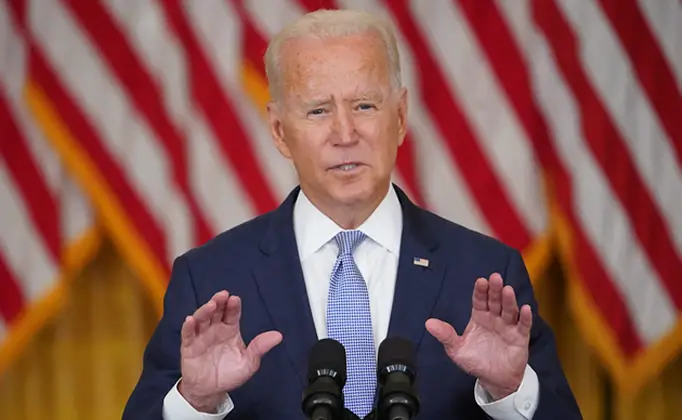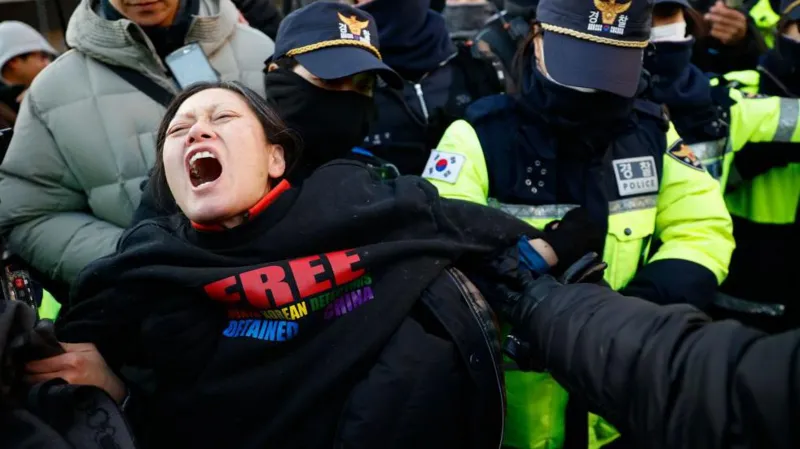Did a Bird Strike Play a Role in the South Korea Plane Crash? Latest Updates

As I stand here at the scene of the devastating plane crash at Muan International Airport, the air is thick with smoke, sorrow, and disbelief. It’s a tragedy that has left South Korea mourning, with 179 lives lost and just two survivors pulled from the wreckage—a man and a woman, both members of the flight crew.
The plane, a Jeju Air Boeing 737-800 returning from Bangkok, veered off the runway early Sunday morning before slamming into a wall and bursting into flames. The charred remains of the fuselage are barely recognizable, save for the tail section that still bears the airline’s logo. Emergency crews are tirelessly combing through the wreckage, their faces grim as they work to recover bodies and search for answers.
I spoke with a firefighter who described the moment they arrived. “The fire was overwhelming. The tail was intact, but the rest… you couldn’t even tell it was a plane,” he said, shaking his head. Another rescue worker shared, “We’ve seen tragedies before, but nothing like this. It’s the worst disaster in South Korea’s aviation history.”
Among the wreckage, I found myself reflecting on the passengers who had boarded that flight. Many were returning home from Christmas holidays in Thailand, including families with young children. The youngest victim was just three years old—a heartbreaking detail that brings the scale of this loss into sharp focus.
I met a grieving relative at the airport, a woman clutching a photo of her brother who was onboard. “He was so excited to come back home,” she said through tears. “I can’t believe he’s gone.” The terminal echoes with sobs as families wait for news, hoping for closure.
Authorities are investigating the cause of the crash, with early reports suggesting a possible bird strike combined with poor weather conditions. A transport official revealed that air traffic control had issued a bird strike warning shortly before the crash. “The pilot tried to land but had to hold off after the warning. Moments later, he declared a Mayday,” the official explained.
Witness accounts add chilling details. One video shows the plane attempting to land without its wheels, skidding down the runway before colliding with the wall. A witness described hearing a “loud bang” followed by “a series of explosions.”
Experts warn that bird strikes, while common, are rarely this catastrophic. “A single bird can wreak havoc on an engine,” said Professor Doug Drury, an aviation expert. “Pilots are trained to be vigilant during peak bird activity, but sometimes the odds are insurmountable.”
As I stand amidst the devastation, I am reminded of how fragile life is. The rescue crews, many of whom have worked nonstop since the crash, are a testament to human resilience and determination. But even their efforts cannot erase the profound grief that has gripped this nation.
Acting President Choi Sang-mok has declared a special disaster zone in Muan and a seven-day national mourning period. Flags across the country are flying at half-mast as South Korea grapples with this immense loss.
In the words of Choi: “I express my deepest condolences to the many victims of this incident. We will do everything in our power to support the families and ensure such a tragedy never happens again.”
For now, the nation mourns, united in sorrow and solidarity, as we wait for answers that may never fully ease the pain.




